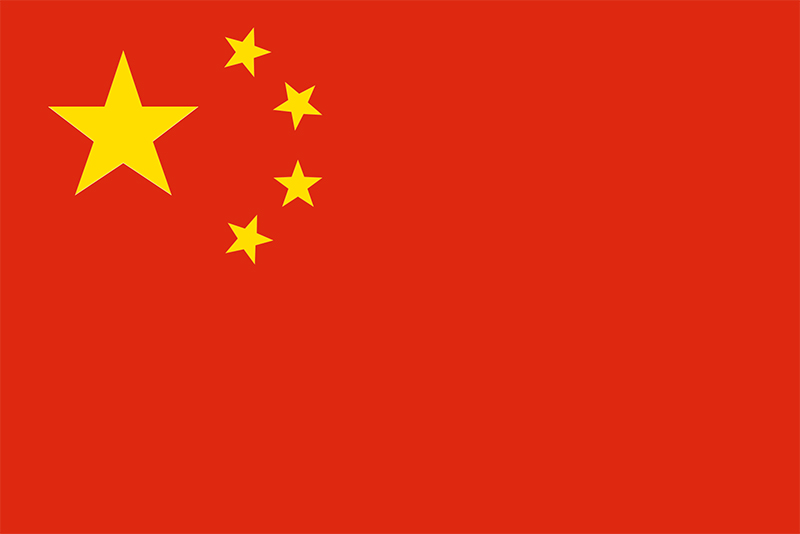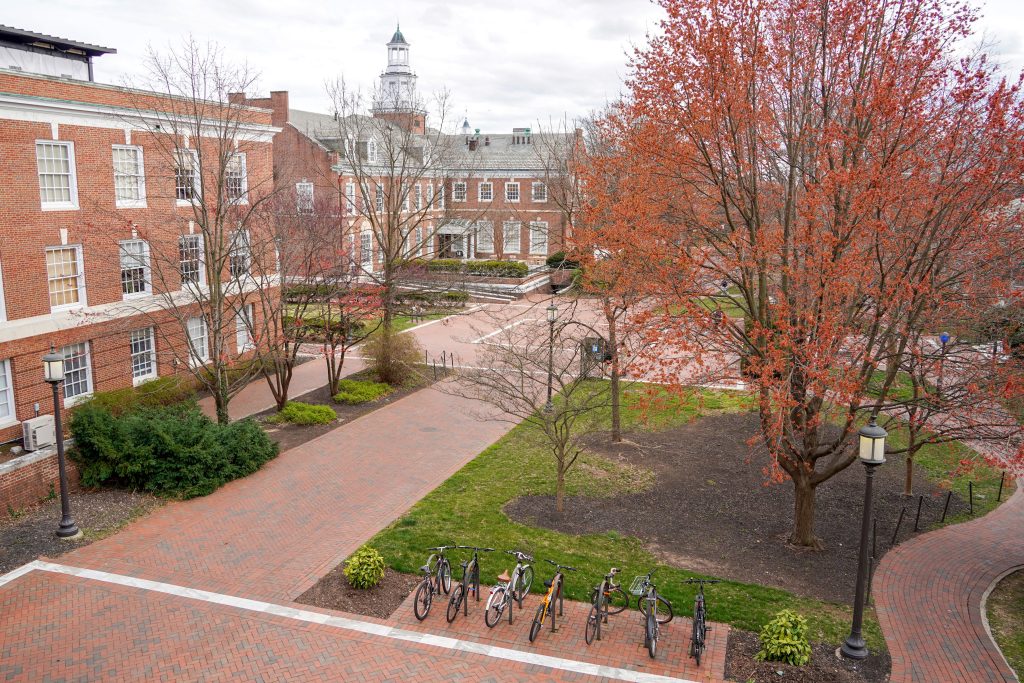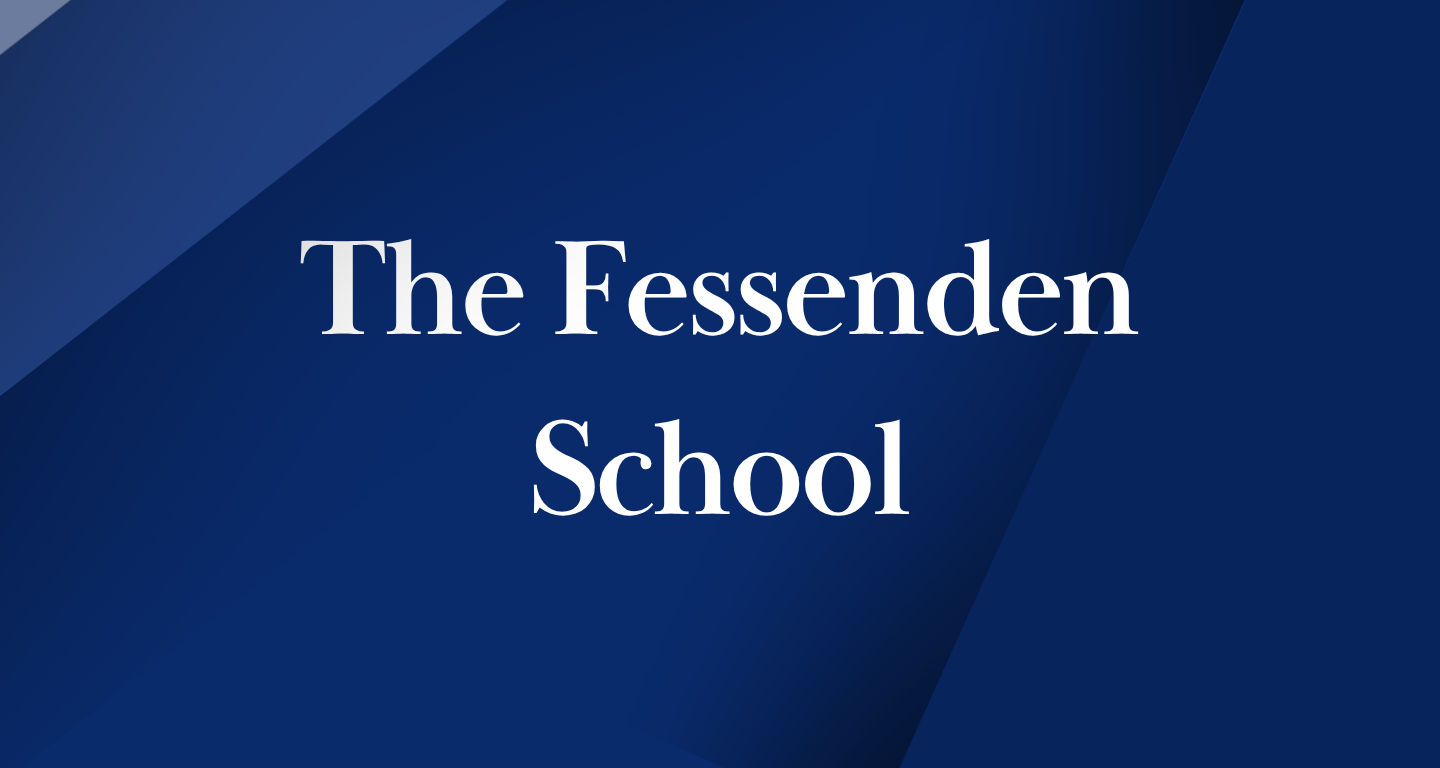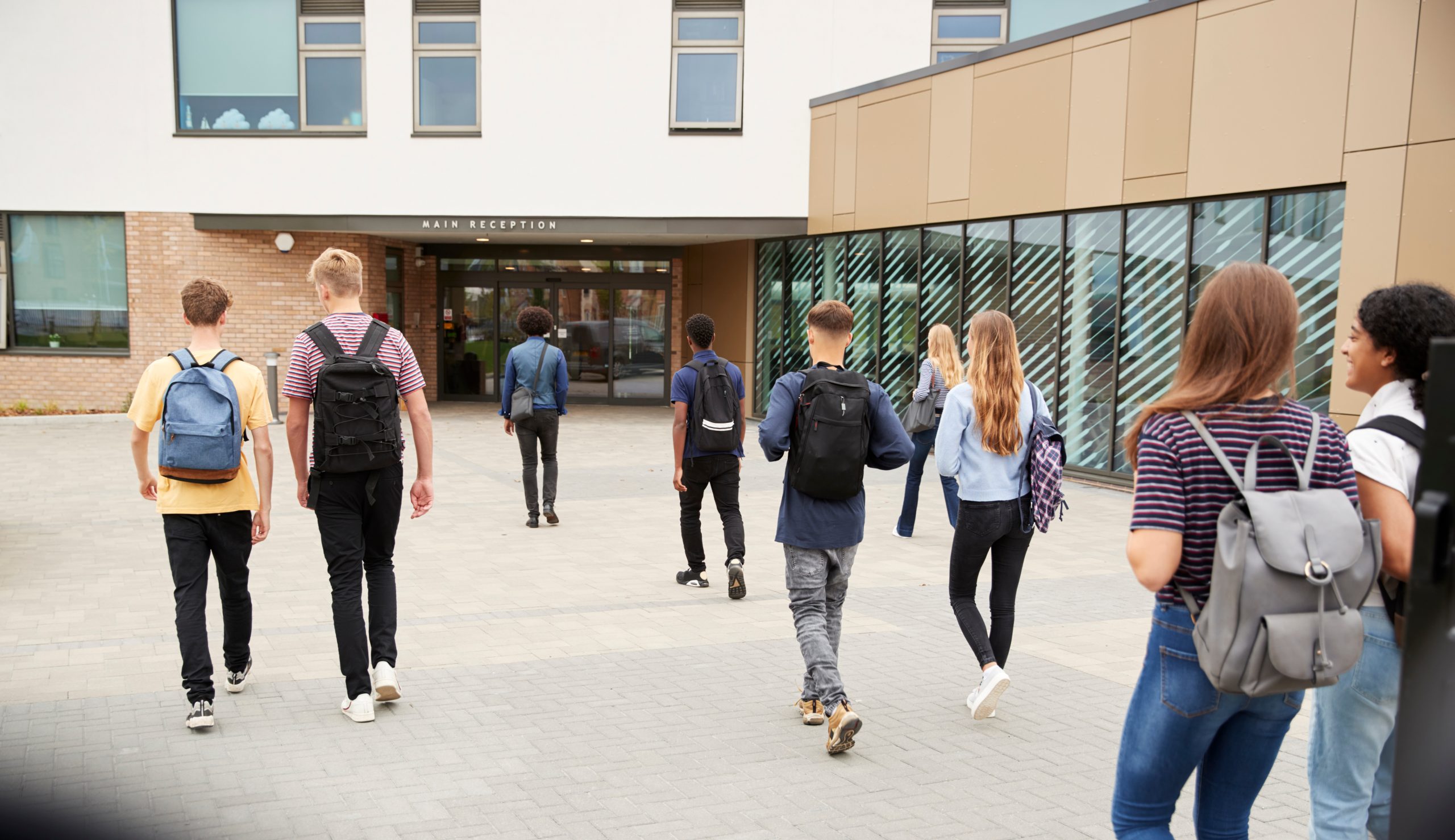Applying to a top-tier university like Johns Hopkins means understanding what makes the school stand out, and what it expects from applicants. Located in Baltimore, Maryland, and known for its world-class research, rigorous academics, and tight-knit campus community, Johns Hopkins attracts students who are not only high-achieving but also deeply curious and driven. If you’re thinking about applying, it’s important to look beyond rankings and really get to know the numbers, programs, and opportunities that shape life at John Hopkins.
Admissions
For the Class of 2028, John Hopkins received over 45,000 applications but enrolled just 1,288 students. That means the university accepted fewer than 3% of applicants. The students who were admitted had an average unweighted GPA of 3.95, and nearly all of them ranked in the top 10% of their high school class.
Standardized test scores are also impressive, with the middle 50% of students scoring between 1530 to 1570 on the SAT and 34 to 36 on the ACT. While test-optional policies have changed the application landscapes, these figures reflect the academic caliber of students who are admitted.
Diversity and Inclusion
The Class of 2028 includes students from 83 countries and a wide range of backgrounds:
- 20% are first-generation college students
- 15% are international students
- Nearly 30% identify as first-generation and/or limited-income
The racial and ethnic breakdown shows significant representation from Asian (46%), Hispanic (10.7%), and Black (5.7%) communities, contributing to a vibrant and inclusive campus culture.
John Hopkins is a powerhouse when it comes to research and real-world experience. With $3.4 billion in annual research funding, students have access to labs and faculty-led projects across disciplines.
- 80% of undergraduates participate in research
- 85% complete at least one internship
- 98% graduate with some form of pre-professional experience
This hands-on approach makes the school attractive to students pursuing careers in medicine, law, or academia. In fact, the university boasts a 97% law school admit rate and 85% for medical school.
Academics and Faculty Access
John Hopkins offers 55 majors and 53 minors across its undergraduate divisions, with a low student-to-faculty ratio of 6:1 and an average class size of just 21. This gives students a unique opportunity to explore their academic interests in depth while forming close relationships with professors.
Campus Life
Life at Hopkins goes far beyond lectures and labs. With 92% of first-year students living on campus, the Homewood community is vibrant, welcoming, and full of opportunities to get involved. Whether you’re joining one of 430+ student-run organizations, volunteering with 50+ community service groups, or taking part in one of the 400+ study abroad programs, there’s no shortage of ways to explore your interests and connect with others.
Financial Aids
Johns Hopkins is committed to making a world-class education financially possible for students from all backgrounds. The university’s generous, need-based financial aid program ensures that cost does not stand in the way of opportunity. In fact, 53% of undergraduates receive need-based aid, and 100% of demonstrated financial need is met without loans.
While the total cost of attendance is approximately $88,976 per year, most students pay significantly less, and some pay nothing at all. That’s because Hopkins tailors each financial aid package based on your family’s specific circumstances. The average need-based scholarship for first-year students is around $64,000, and students are never asked to take out loans as part of their aid package.
Here’s a breakdown of the full cost of attendance:
- Tuition: $64,730
- Matriculation Fee (one-time): $500
- Housing: $11,968 Meals: $8,182
- Books and Supplies: $1,356
- Personal Expenses: $1,514
- Transportation: $726
- Total: $88,976
John Hopkins follows a need-blind admissions policy for domestic applicants, meaning your ability to pay won’t impact your admission decision. For international students, admissions is need-aware, but once admitted, the same commitment to meeting 100% of demonstrated need applies.
If your family needs more flexibility beyond your financial aid offer, Johns Hopkins offers several options:
- Jobs: Over 60% of students work part-time, typically 8–10 hours a week, gaining experience while helping cover personal expenses.
- Payment plans: You can split tuition, housing, and meals into equal, interest-free monthly installments.
- Private scholarships: External awards can reduce your work-study expectations and summer savings contributions.
- Low-interest loans: While Hopkins doesn’t include loans in financial aid packages, families can explore federal and private loan options if needed.
- Loan comparison tools: The university provides resources to help families compare and choose the best private loan options when applicable.
Application Deadlines
Johns Hopkins offers three application options for first-year applicants:
| Admissions Plan | Deadline | DecisionRelease | Reply Date |
| Early Decision I | November 1 | December 13 | January 15 |
| Early Decision II | January 2 | February 14 | February 28 |
| Regular Decision | January 2 | March 21 | May 1 |
| Transfer | March 1 | May 9 | June 1 |
John Hopkins is a QuestBridge College Partner. Applicants applying through QuestBridge or to the Peabody Institute should follow separate application guidelines listed on their respective websites.
Applications are accepted through the Common Application or Coalition on Scoir. Here’s what to prepare:
- The Common App or Coalition application
- Johns Hopkins supplemental essay
- $70 application fee or fee waiver
- Standardized test scores (optional but encouraged)
- Two teacher recommendations
- Secondary school report and mid-year report
- Signed Early Decision Agreement (if applicable)
- International students must also submit the International Certification of Finances form.
Life After Graduation
A Johns Hopkins education opens doors to countless opportunities after college. With a strong foundation in research, hands-on experience, and critical thinking, Hopkins students are well-prepared to enter the workforce, pursue advanced degrees, or launch their own ventures. Employers and graduate programs alike recognize the value of a Hopkins degree, and the university’s network continues to support students long after they leave campus. Here’s a look at what life after graduation looks like for Hopkins students:
- 91% of students are employed or in graduate school within six months
- 100% of Fortune 100 companies employ John Hopkins graduates
- 27 Fulbright Scholarships were awarded to students and alumni in 2025 alone.
- 149 active startups have been launched by the community
At Ivy Talent, we provide families with the right resources and guidance to make the process easier. Contact us for more information on how to get your child into the ideal school.
Author: Vy Mai
Date: June 5th, 2025
 中文
中文 Tiếng Việt
Tiếng Việt




